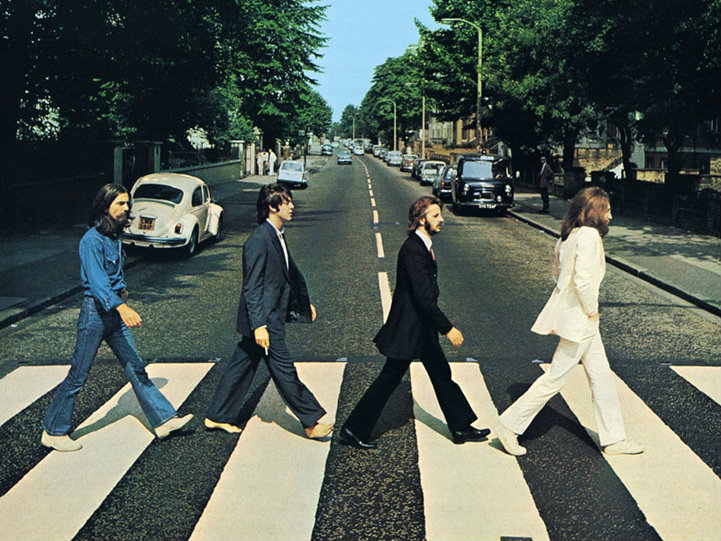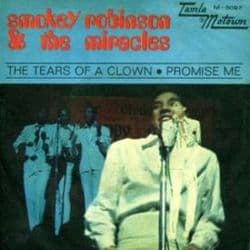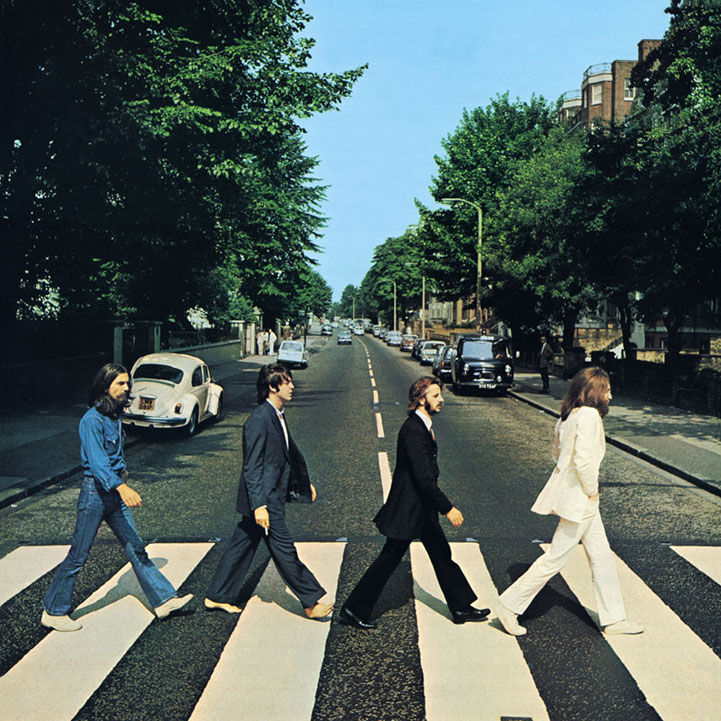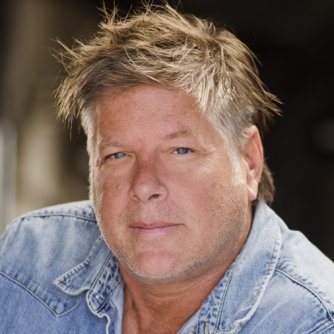
In the days leading up to this year's Record Store Day on April 19, the OpenAir hosts will share the story of their first-ever record purchases, however memorable or misguided they may have been. Next up is morning host Keefer Fulgham.
We want to know what your first record was too! Be sure to enter the Record Store Day contest on our Facebook page by telling us your first ever record purchase (vinyl, CD, digital or whatever!), and you could win a brand new record player and a collection of vinyl records!
The late '60s. My teenage years, along with the promise of girls, surfing and dune buggys, the dread of a draft card and Southeast Asia were still on the horizon.
But a lifelong addiction to music was beginning to take hold. My family had moved to Florida in 1967 and set up house in a tiny duplex. Two hundred yards from my front door was swamp land, full of alligators, water moccasins, spiders, lizards, etc. A couple of miles up the road was the sleepy town of Boca Raton. Back then, it was a place that was known for retirees, and as a vacation spot for mobsters and movie stars.
Enter my cousin Doug. He was a freak - and I mean that as a term of endearment. He had long hair, a sports car and a fantastic record collection. Once he wore the grooves off his latest batch, he’d give them to me. I had the coolest record collection of any third grader in the world: Stones, Beatles, Ray Charles, Troggs, Tiny Tim, Booker T and the MGs, Supremes. This gravy train of hip vinyl was never ending for a couple of years, until Doug went to college. Then came the time I had to start negotiating an allowance and buying my own records.

The history of this one is interesting. It was originally an instrumental track that Stevie Wonder was working on but couldn’t come up with lyrics. He brought it to the 1966 Motown Christmas party and gave it to Smokey. Picking up on the circus feel of the music, he set out writing the lyrics, influenced by the opera, Pagliacci, where comedians/clowns hide their hurt and anger behind empty smiles.
But don't let my glad expression
Give you the wrong impression
Really I'm sad, oh sadder than sad
You're gone and I'm hurting so bad
Like a clown I pretend to be glad
It was included on the 1967 album "Make It Happen," but not as a single. By '69, Robinson had tired of life on the road and returned home to Detroit to spend time with his family. But in 1970, Motown Britain released the song as a single and it went to #1 in the U.K. This led to a reunion and prompted Motown to release it in the States, where it went to #1 on the pop and R&B charts. Despite the success of the group, it was the first and only #1 for the Miracles with Smokey as the singer.

While chronologically, "Let It Be" is the last Beatles album released, in truth, "Abbey Road" was the final one they did as a band. After the disaster that was the "Let It Be" sessions, Paul McCartney suggested to producer George Martin that they go back and make a record the way they used to. Martin agreed if only they would allow him to produce the record in the manner of the earlier albums, and that discipline would be adhered to. It worked, with George Harrison recalling years afterwards that: "We did actually play like musicians again."
I have fallen in and out of love with "Abbey Road" over the decades. Critical reception was mixed when it first arrived. John Lennon thought the album lacked authenticity, that McCartney’s contributions were granny music and the medleys were junk bits of songs thrown together. But through the prism of time, most agree with a Zagat poll participant who claimed it was "The Sistine Chapel of Rock and Roll."
"Because" proved they could still sing like crazy. "The End" proved they could still rock. And Harrison’s "Something" and "Here Comes the Sun" hinted at the promise of "All Things Must Pass."
"Abbey Road" remains their best selling album.
And in the end, the love you take
Is equal to the love you make
(P.S. Original copies of the album didn’t list "Her Majesty" on the sleeve. It was originally between "Mean Mr. Mustard" and "Polythene Pam" in the Side Two medley. Paul didn’t like the way it sounded and asked for it to be cut. An engineer spliced it on the end of the master reel with instructions not to include it in the final product. But it was left on anyway.
The Beatles liked the way it sounded and became the hidden track. Of course, all of this was unbeknownst to me as I was in my room listening to it one night. About 20 seconds after the final notes of "The End" comes on this song out of nowhere. I nearly fell out of my bed. Where are those voices coming from? Are The Beatles sending me a secret message? Or had I spent one too many afternoons in a sealed bedroom with a tube of airplane glue…making Rat Fink models, ok?)









